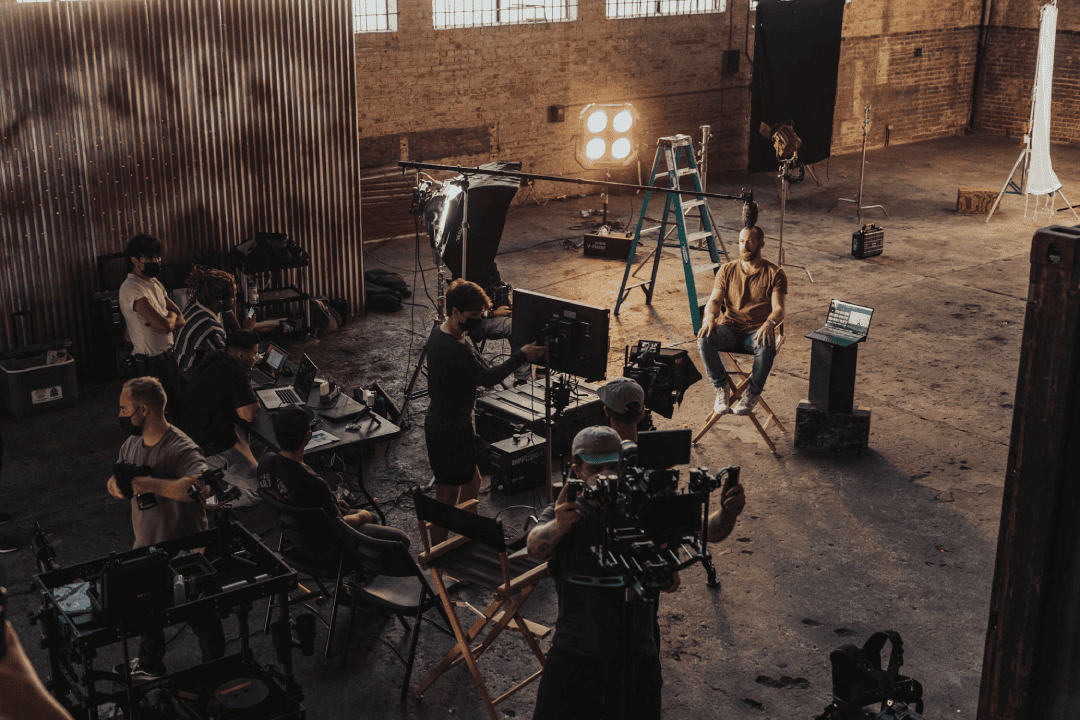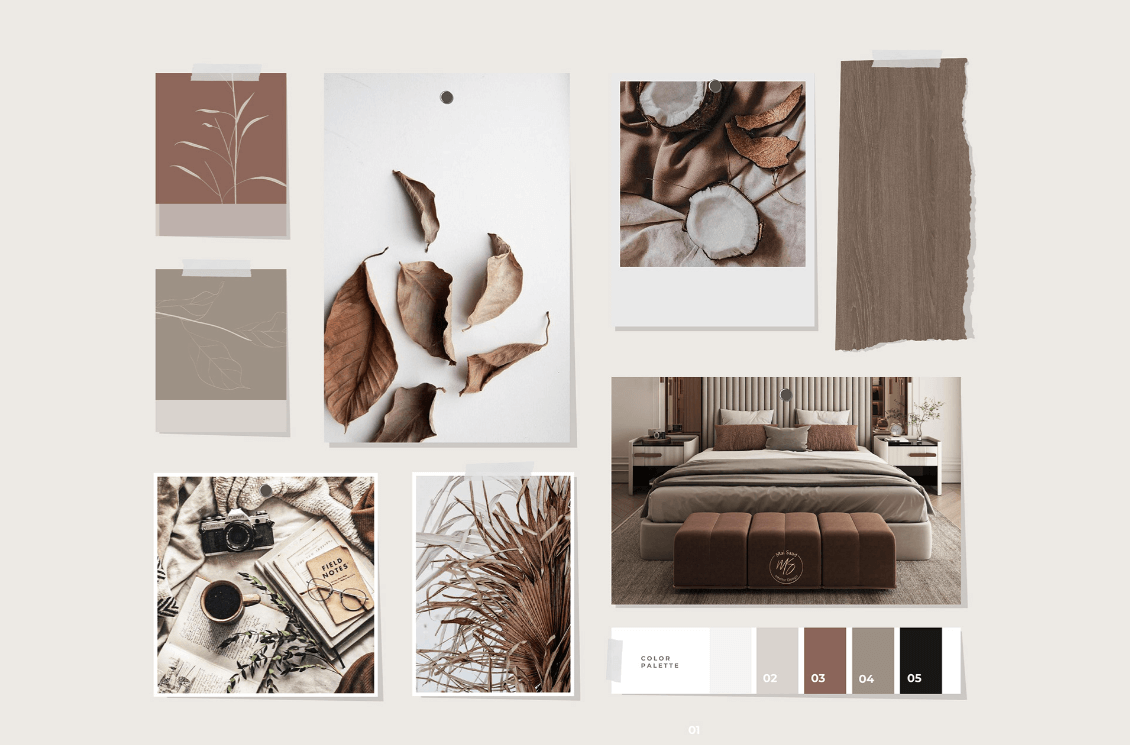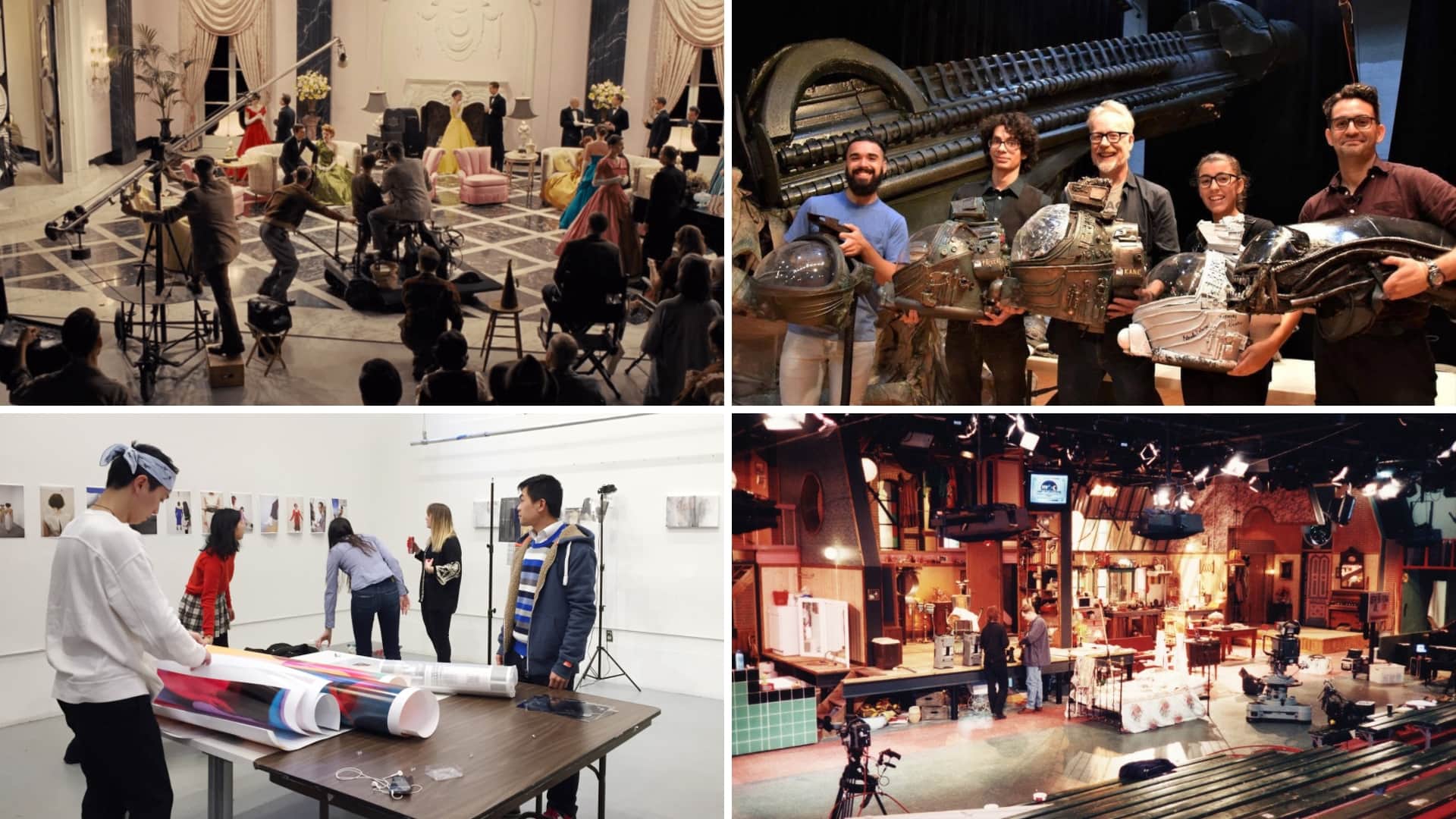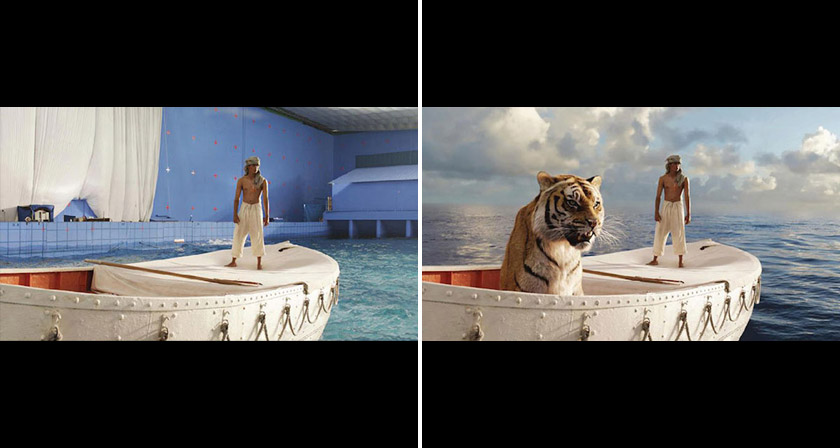What is a Production Designer?
A Production Designer is the visual architect of a film, responsible for creating the overall look and feel of every scene. They design sets, choose locations, coordinate colors, and work closely with the director to bring the story's world to life. Think of them as the masterminds behind everything you see on screen - from grand palace sets to intimate bedroom scenes.

Key Responsibilities:
- Creating the visual concept and aesthetic for the entire film
- Designing and overseeing construction of film sets
- Scouting and selecting filming locations
- Collaborating with directors, cinematographers, and costume designers
- Managing the art department and coordinating all visual elements





